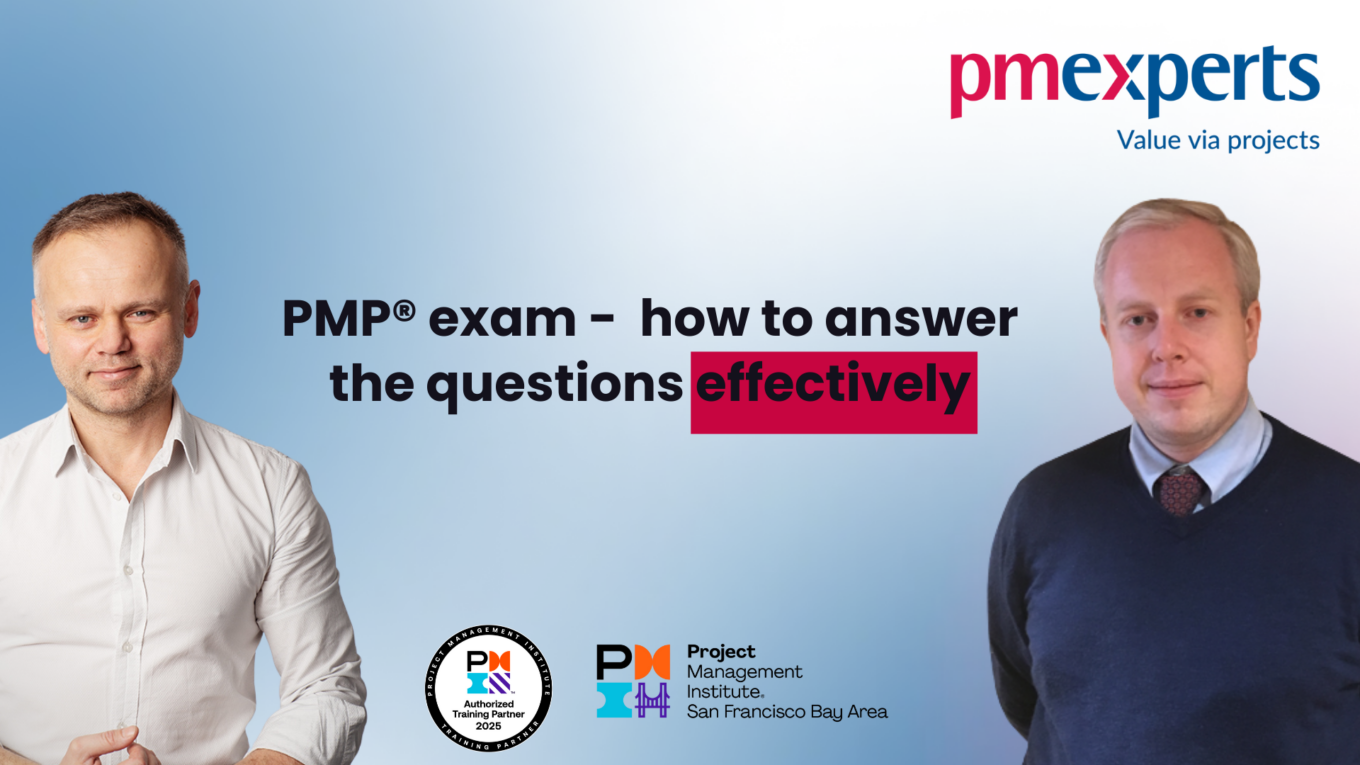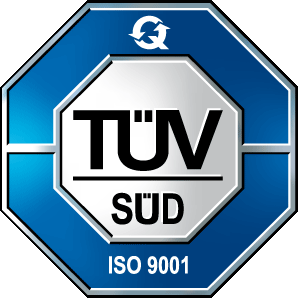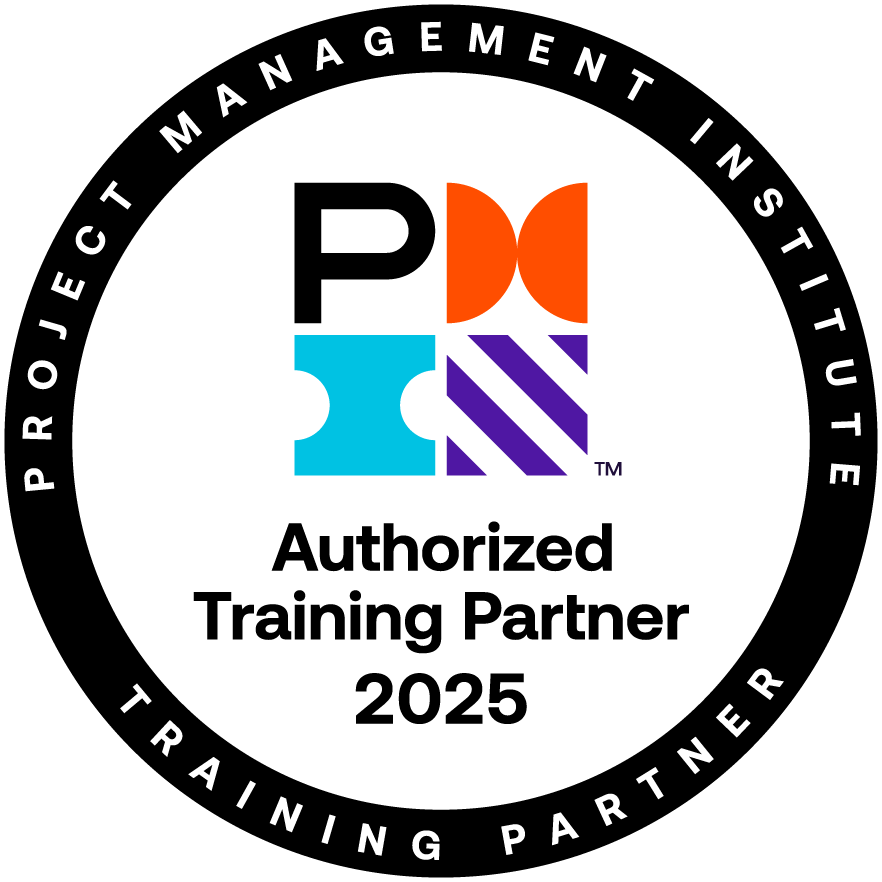In the previous article, I asked myself the question “how would I read the PMBOK Guide today” and I answered “it depends, why I would read it.” I think that everyone who reads PMBOK reads it for a purpose and this purpose determines the way of reading.
So if I were getting ready today for PMP exam, I would start reading from Part 2, i.e Project Management Standard. It provides good, lasting foundations and, perhaps even more importantly, it allows you to see the entire project management as a cause and effect chain. This is achieved by going through all 49 processes divided into Process Groups and not, as in the PMBOK Guide, divided into knowledge areas. Then I would thoroughly read Part 1, the actual PMBOK Guide, and finish with Part 3, which shows, among other things, the logic behind the guide’s construction, how to discuss process inputs, tools and methods, and process outcomes, collects trends and emerging practices, and key issues regarding alignment, variables environments and agility.
However, if I read PMBOK to gain practical knowledge or to understand the differences between each edition, I would definitely start with Part 3 because, in addition to the topics already mentioned, it discusses the origins of the changes and collects and logically groups the changes themselves. I know from experience that Part 3 is rarely used, but I must admit that it is the most synthetic part and allows the best understanding of the logic of the Guide’s construction. Thanks to it, we understand the rules according to which process inputs, tools and methods, and process results are exchanged. We also learn about the structure of individual chapters and their common parts, which give the Guide an almost musical rhythm. We finally have all the key topics, considerations for agile environments and agility, and considerations for alignment in one place.
Just after reading Part 3, I felt angry at the authors for what they did with it quality management in the project, because it was only here that I found arguments for changes that convinced me to make these changes. The justification for introducing some of the changes made me sincerely respect the authors, who admitted that some names did not fully reflect the essence of the phenomena or were even downright misleading. And also, perhaps only to me, I notice that thanks to Part 3 there is more humility towards project management, which is manifested, among other things, by the authors’ admission that some areas cannot be controlled, they can only be monitored.
Then I would read Part 2 – Project Management Standard, for the reasons mentioned above, especially because the transition through the project management process takes place through subsequent Project Management Process Groups. This provides a much more solid grounding in time and the project life cycle than discussing subsequent areas of knowledge. Thanks to this part, we better understand what is happening during the initiation of the project, what is happening in the planning process group, and what is happening in subsequent process groups. I don’t mean that Part 1 is illogical or inconsistent, it is simply based on the Project Management Standard, and the very logic of acquiring knowledge implies that you should first master the basics and then go deeper. That’s why I would leave Part 1, the basic PMBOK Guide, until the end. This part goes deeper, it is, as it were, the culmination of the whole. You could say that Part 3 and Part 2 prepare us for what we will find in the grand finale, which in my opinion is Part 1, the PMBOK Guide.
I don’t know if I managed to encourage you to read the PMBOK Guide in this order, but even if you have already read it once or twice, try reading it again in the way I suggested above – I am sure you will like it.
Author: Arkadiusz Urbański









